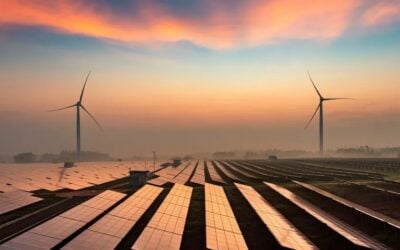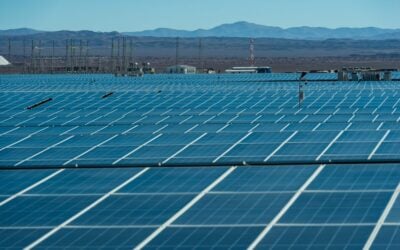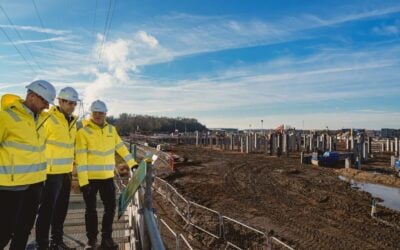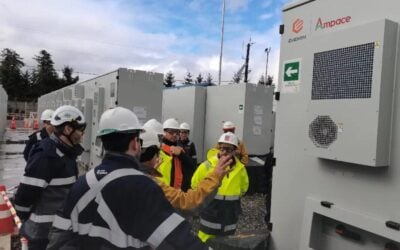2 June 2020: San Diego blood bank makes ‘smart business decision’ to get solar-plus-storage system
San Diego Blood Bank in California will use a 334kW / 668kWh battery energy storage system, paired with a 976kW rooftop and canopy solar array, to help manage the costs of providing its essential services to local hospitals and communities.
The blood bank will be able to self-consume onsite generated power using the battery storage, with the facility’s CEO David Wellis describing it as “simply a smart business decision,” that “benefits our environment and community”.
Enel Group’s advanced energy services business division Enel X has been contracted to supply and manage the battery storage system, which will utilise the company’s in-house developed Distributed Energy Resources (DER) optimisation software.
Try Premium for just $1
- Full premium access for the first month at only $1
- Converts to an annual rate after 30 days unless cancelled
- Cancel anytime during the trial period
Premium Benefits
- Expert industry analysis and interviews
- Digital access to PV Tech Power journal
- Exclusive event discounts
Or get the full Premium subscription right away
Or continue reading this article for free
The canopy solar photovoltaic array has the added benefit of providing shade as well as renewable energy, and the entire system will be used to charge up a new fleet of mobile blood units, which are all-electric. The integrated solar-plus-storage system will also help the blood bank – which has recently also been providing COVID-19 antibody tests – to reduce its draw of power from the grid at peak times, further reducing costs. Local EPC company Newport Power is designing and deploying the project.
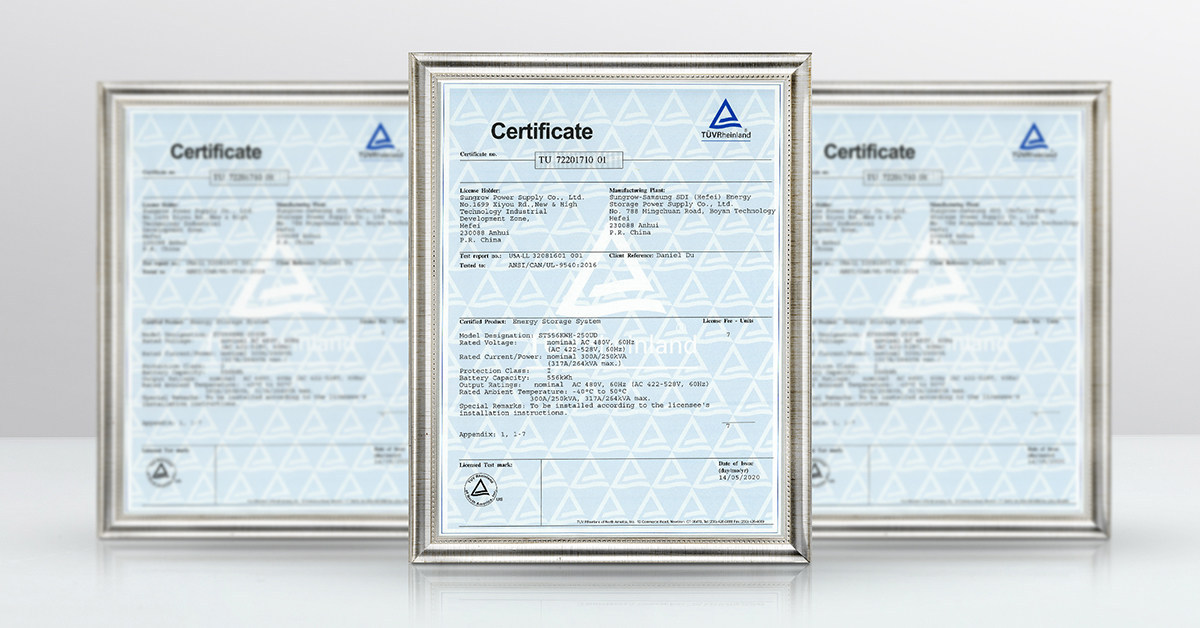
1 June 2020: Sungrow gets UL9540 certification for US C&I market
Solar inverter manufacturer Sungrow has attained UL9540 compliance certification for its commercial and industrial (C&I) energy storage system ST556kWh-250UD for the North America market.
Independent testing and certification services company TÜV Rheinland issued the compliance documents for UL9540, UL9540A as well as for the US National Fire Protection Association (NFP) criteria for NFPA 855 and NFPA 70.
Lithium battery energy storage system safety remains one of the biggest questions stakeholders have regarding the deployment of the energy storage technology class, particularly for C&I applications, which are often housed in buildings, rather than the open-field sites that larger grid-scale systems are typically found in.The UL and NPFA guidances and best practises as well as other aspects of fire safety, system design and safe siting, were discussed recently in detail at the Energy Storage Digital Series online event hosted by our publisher, Solar Media.
China-headquartered Sungrow, which entered the energy storage space around four years ago through a joint venture (JV) with battery manufacturer Samsung SDI, said the ST556kWh-250UD system units include 556kWH of Samsung SDI Mega E3 lithium batteries, along with Sungrow’s SC60HV power conversion system (PCS), energy management system as well as HVAC, fire suppression systems and other components.
“The UL9540 certified solution ST556kWh-250UD with compact design, small footprint and optimised thermal performance, guarantees minimised system operation overhead and warranty claim hassles in response to the high demand of peak shaving, frequency regulation and demand charge management,” Sungrow Americas president Hank Wang said.
Sungrow energy storage head of R&D Dr Zhuang Cai discusses safety, including the importance of UL9540 certification and what the company has done to minimise risk in a feature article in the forthcoming edition of our quarterly journal PV Tech Power. Subscribe to receive your free digital copy when it is published shortly as well as to read previous volumes of the journal, here.
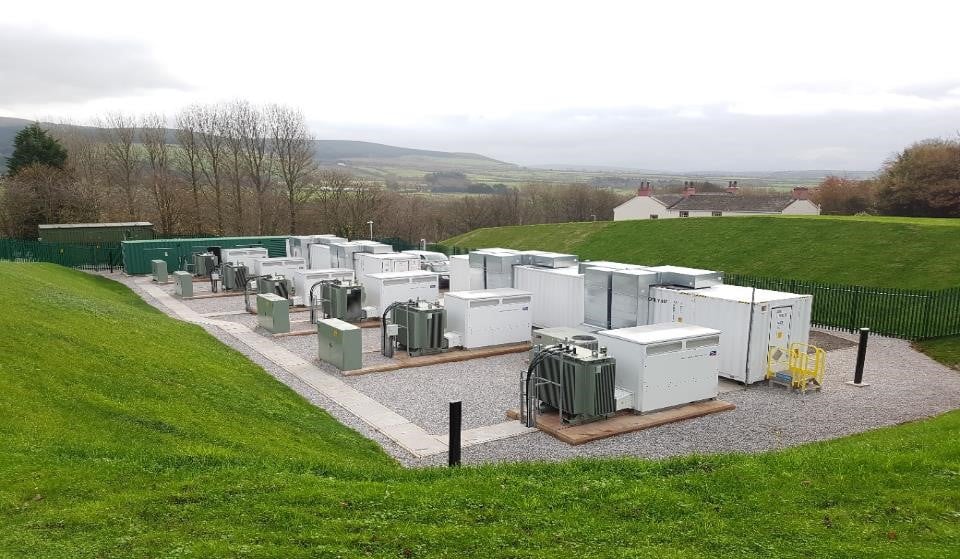
1 June 2020: Gas engine supplier Clarke Energy signs UK and Ireland grid energy storage deal with NEC
Clarke Energy, a UK-based company which specialises in engine-based power plants, has signed a Memorandum of Understanding (MoU) to supply grid-scale energy storage with NEC Corporation.
The terms of the MoU relate to supplying the GSS Grid-Storage Solution manufactured by NEC’s energy solutions business division, as well as warranty service offering. Clarke Energy said that energy storage products can be “highly complementary” to its existing offerings, which include gas engines and biogas upgrade technology, highlighting the range of applications that the battery storage systems can perform including peak shaving, frequency response, demand management and transmission and distribution support.
Clarke said in a press release that the systems can also replace backup diesel generators and could also be combined with gas engines or other generation to form microgrids. NEC Energy Solutions CEO Steve Fludder said the deal encompasses the UK and Ireland markets and described it as an “exciting international expansion of our channel partnership strategy”.
“This technology is highly complementary to our existing product offering, building on our existing energy project delivery capability. We look forward to continuing to provide the most appropriate technologies to our customers, from equipment supply only right through to full EPC project delivery,” Clarke Energy UK and Ireland managing director Ben Wilson said.
Clarke Energy was bought up by Wisconsin, US, headquartered Kohler Co in 2017. Kohler makes a range of products including gas engines and power systems, kitchen, bath products and furniture, as well as operating two luxury gold resorts in Wisconsin and in Scotland’s St Andrews.

